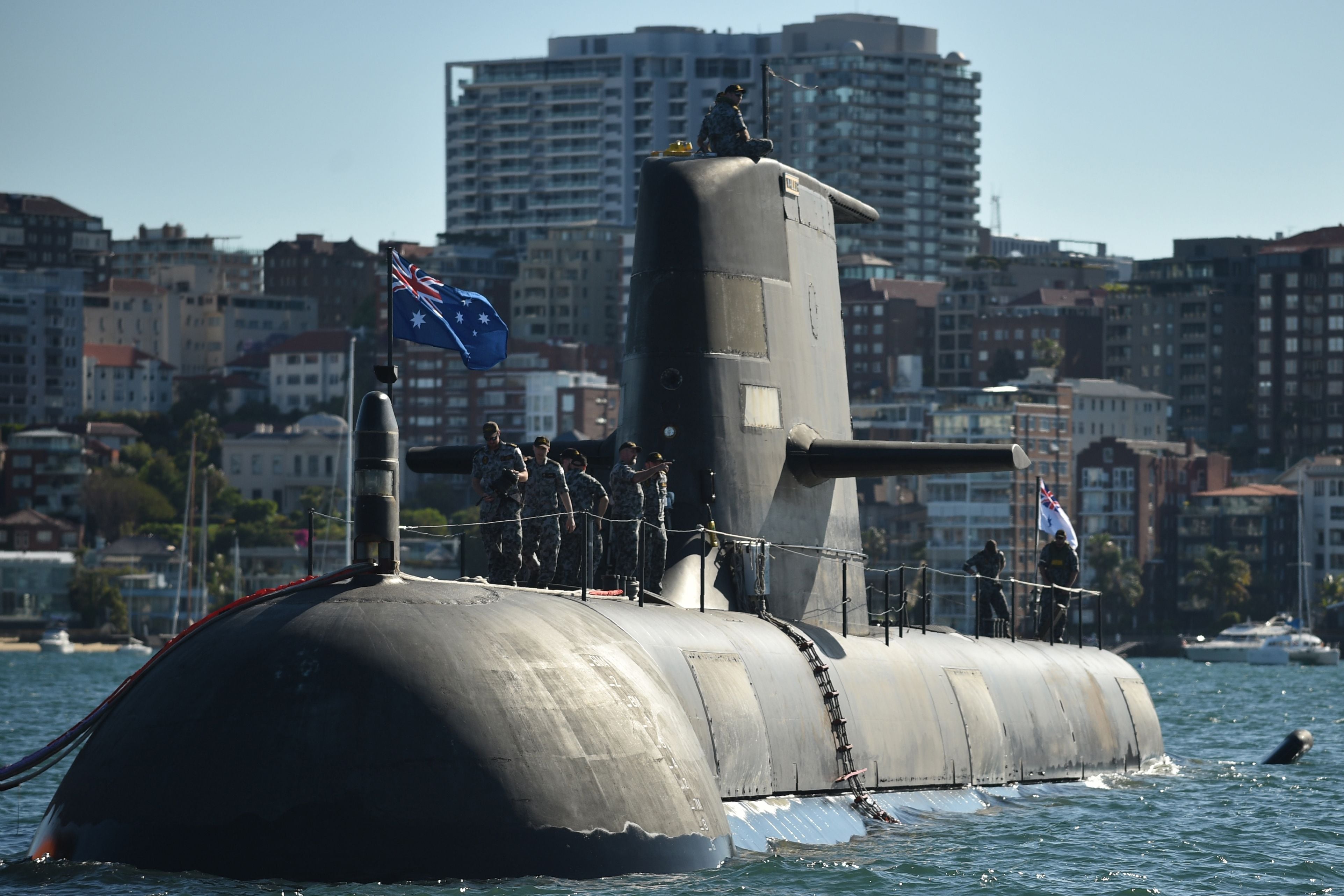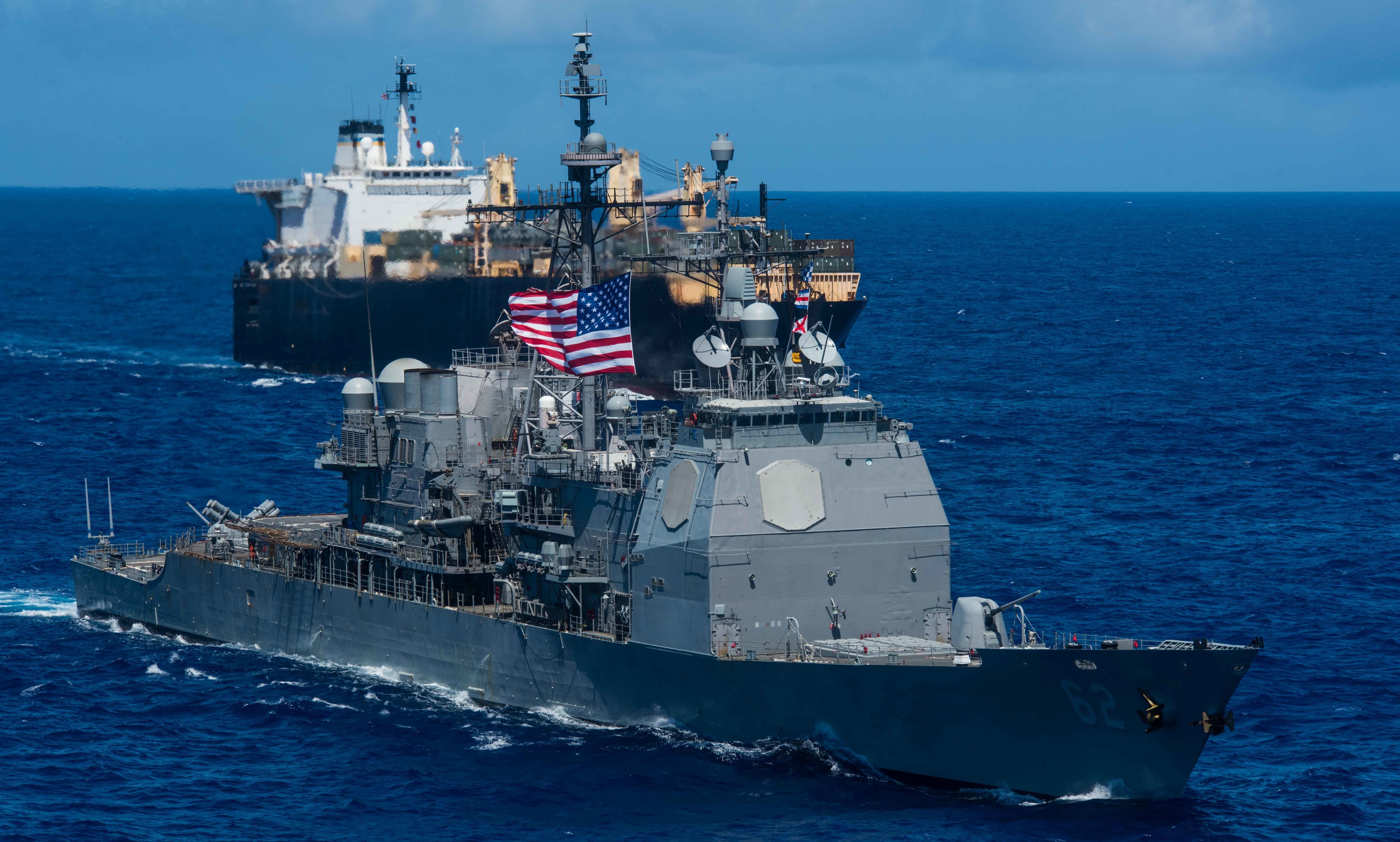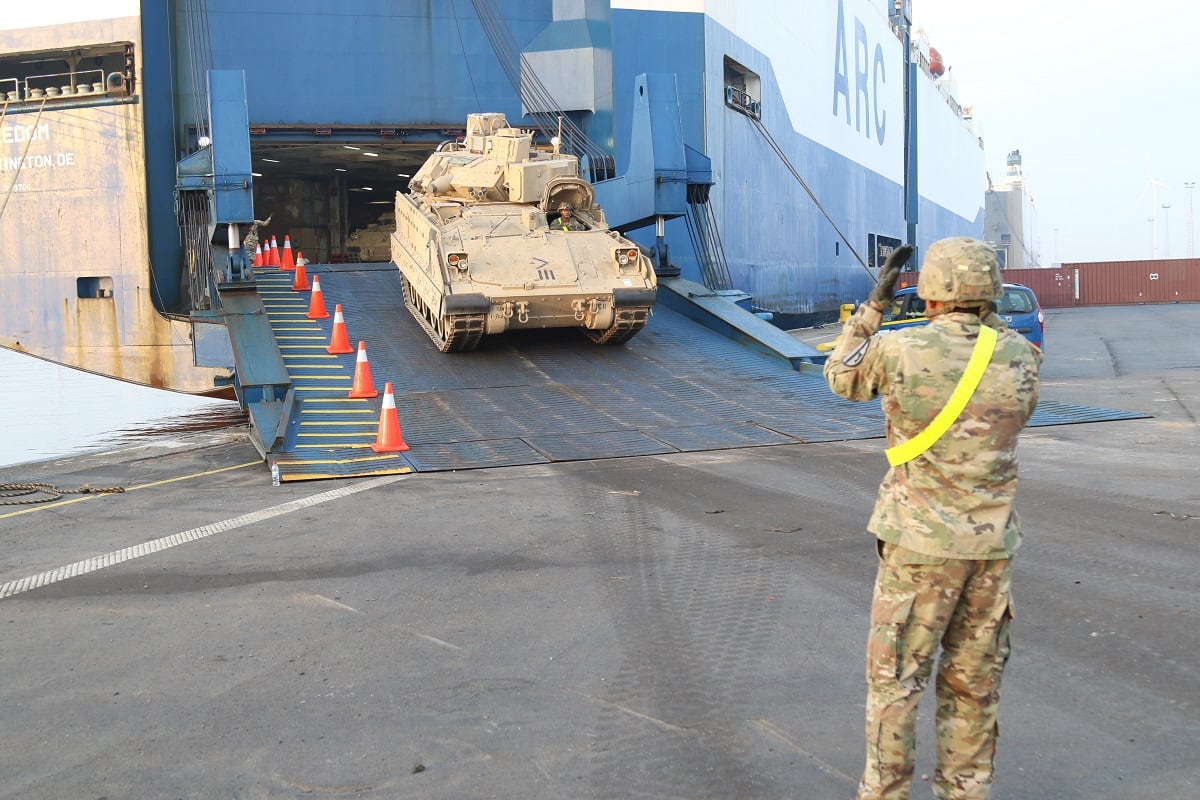Is there enough drive to reach a unified shipbuilding enterprise?
ROME, LONDON, PARIS AND COLOGNE, Germany — As European shipbuilders prepare to transform their nations' rising military budgets into naval power, local priorities are acting as formidable forces against the integration of a fragmented market.
Two years ago, Italian defense think tank CESI produced a document lamenting the fractured state of the European naval industry, warning that firms on the continent would be swept aside by foreign competition if they failed to team up and take on the world.
The paper provided the ideological underpinning for proposals by Italian shipyard Fincantieri to jointly build vessels with France’s Naval Group, a plan being considered by both governments.
But today, one of the authors of the report, Francesco Tosato, says that despite European Union moves to integrate the defense industry, little has changed in the naval sector.
“We still have six or eight types of frigates, each with manufacturing runs of no more than 10 vessels, which is unsustainable,” he said. Supporters of integration say shipyards will be able to cut costs through synergies and avoid competing against each other in export markets.
“The Germans are building U-212NG submarines with the Norwegians, but they are not integrating,” he added.
A second analyst agreed that integration is not happening, but offered a positive outlook.
“With European governments not wanting to spend on naval vessels, it is all about exports, and buyers in Asia and the Middle East want to deal with one government, not with Europe,” said Peter Roberts, director of military sciences at the Royal United Services Institute in London.

“They may want a German frigate with a French radar and MBDA missiles, but they still want one national point of contact,” he added.
Roberts also argued that European multinational shipbuilders risked stifling competition. “That could lead to poorer designs and higher prices,” he said.
In addition, one European industrial giant may be unable to offer different types of vessels to export customers with a variety of requirements.
“Customers have bespoke needs, which means systems integrators are crucial,” Roberts said. “Why not have systems intergrators working on a European basis? That could be the starting point for integrating Europe’s industry, rather than putting together shipyards.”
RELATED

German angst
In Germany, meanwhile, industry officials and lawmakers are bickering over whether surface shipbuilding is, or should be, a national priority so critical that contracts must go to German yards. (The Ministry of Defence has only designated submarine construction as such a key capability.)
That debate permeates the competition for the MKS-180 program, a novel multi-use combat ship. The thought that Dutch contractor Damen, one of the bidders still in the race, could win the contract over the purely German team of German Naval Yards and ThyssenKrupp Marine Systems has some coastal politicians and trade unions up in arms.
There is a lot at stake for German shipbuilders. A recent MoD strategy document proclaimed a national objective of restoring the balance between out-of-area missions and homeland defense. The latter area has been chronically underfunded in the rush to provide troops at the tip of the spear with equipment that works, the argument goes.
That dynamic will “inevitably mean an increase in forces, including warships and modernization of the fleet,” a spokesman for the Germany Navy told Defense News.
For example, the service plans to buy at least one new warship annually over the next 10 years, plus 46 helicopters. Combined with a new deployment and manning scheme, officials hope to raise the entire fleet’s operational availability to 50 percent compared with today’s 30 percent, meaning more vessels theoretically will be ready to fight at any given time.
Those plans could directly translate into jobs in Germany, and domestic shipbuilders, including heavyweight TKMS, are doing their part to support the demand for government favoritism toward their own yards.
RELATED

British exclusivity
The situation is similar in the United Kingdom, where shipbuilding for the Royal Navy is by definition a domestic affair.
It has been a little more than a year since the British government published a national shipbuilding strategy, which in part called for a greater surface warship building capability.
BAE Systems has had a stranglehold on the business since it first merged and then in 2009 acquired VT Shipbuilding.
BAE Systems' two surface warship building yards in Glasgow, Scotland, meet the government requirement that complex warships must be locally built.
The Conservative government, however, made it clear in its shipbuilding strategy that while BAE would continue to build in Glasgow the planned eight Type 26 anti-submarine warfare frigates destined for the Royal Navy, it wanted another yard to build a fleet of five Type 31e general purpose frigates.
Peter Parker, the author of the strategy report, justified the creation of a second naval build center, saying it would be unprecedented for BAE to run two new programs side by side.
But it hasn’t been smooth sailing for British Ministry of Defence officials running the Type 31e program, as they seek sufficient bidders to hold a robust competition. Building frigates in a British yard with a price of no more than £250 million (U.S. $329 million) and an in-service date of 2023 has proved a challenge.
The government stopped the competition earlier this year after it failed to attract a sufficient level of interest from qualified vendors. But officials got the show back on the road Aug. 20, restarting discussions with potential suppliers on a revised plan. Competition documents were issued to industry last month, with potential bidders mandated to reply by Oct. 19.
With German and the British shipyards hoping to secure their respective turfs at home, the Fincantieri-Naval Group deal could still become the poster child for European naval-industry consolidation.
At least, that's the theory.
French maneuvers
French officials appeared to get cold feet earlier this month on a key aspect of the merger arrangement: a proposed cross-shareholding of 5 to 10 percent.
“Bercy is not keen,” said an industry executive, referring to the French Economy and Finance Ministry, located in a vast modern building resembling a bridge by the river Seine.
A source with the French Armed Forces Ministry would only say: “Negotiations take time. We need more time.”
Even before that wrinkle, the French and Italian governments requested “clarification” from Fincantieri and Naval Group after the two companies submitted dossiers in mid-July for a partnership.
The request for clarification referred to the key elements of cooperation in research and development, common purchase of parts and offers in export markets, an industry executive told Defense News.
RELATED

Cross-border cooperation in foreign sales is seen as significant, as Naval Group has set a target of exports accounting for half of annual sales compared to the present estimated one-third of revenue.
Competition with Fincantieri raises the cost of sales and cuts profit margins, as each seeks to submit competitive offers.
If Naval Group and Fincantieri do manage to forge an industrial alliance, that will reverse a declining trend in cooperation. Previous French attempts to work with Italy in building a common MU90 light torpedo led to nothing, while the level of common parts on the FREMM multimission frigate fell compared to that realized on the Horizon air-defense frigate.
European industrial cooperation also stalled on the Scorpene attack submarine, with Spanish shipbuilder Navantia opting to pursue its own S-80 diesel-electric boat rather than work with Naval Group.
Tom Kington, Andrew Chuter, Pierre Tran and Sebastian Sprenger contributed to this report.
Tom Kington is the Italy correspondent for Defense News.
Andrew Chuter is the United Kingdom correspondent for Defense News.
Sebastian Sprenger is associate editor for Europe at Defense News, reporting on the state of the defense market in the region, and on U.S.-Europe cooperation and multi-national investments in defense and global security. Previously he served as managing editor for Defense News. He is based in Cologne, Germany.







